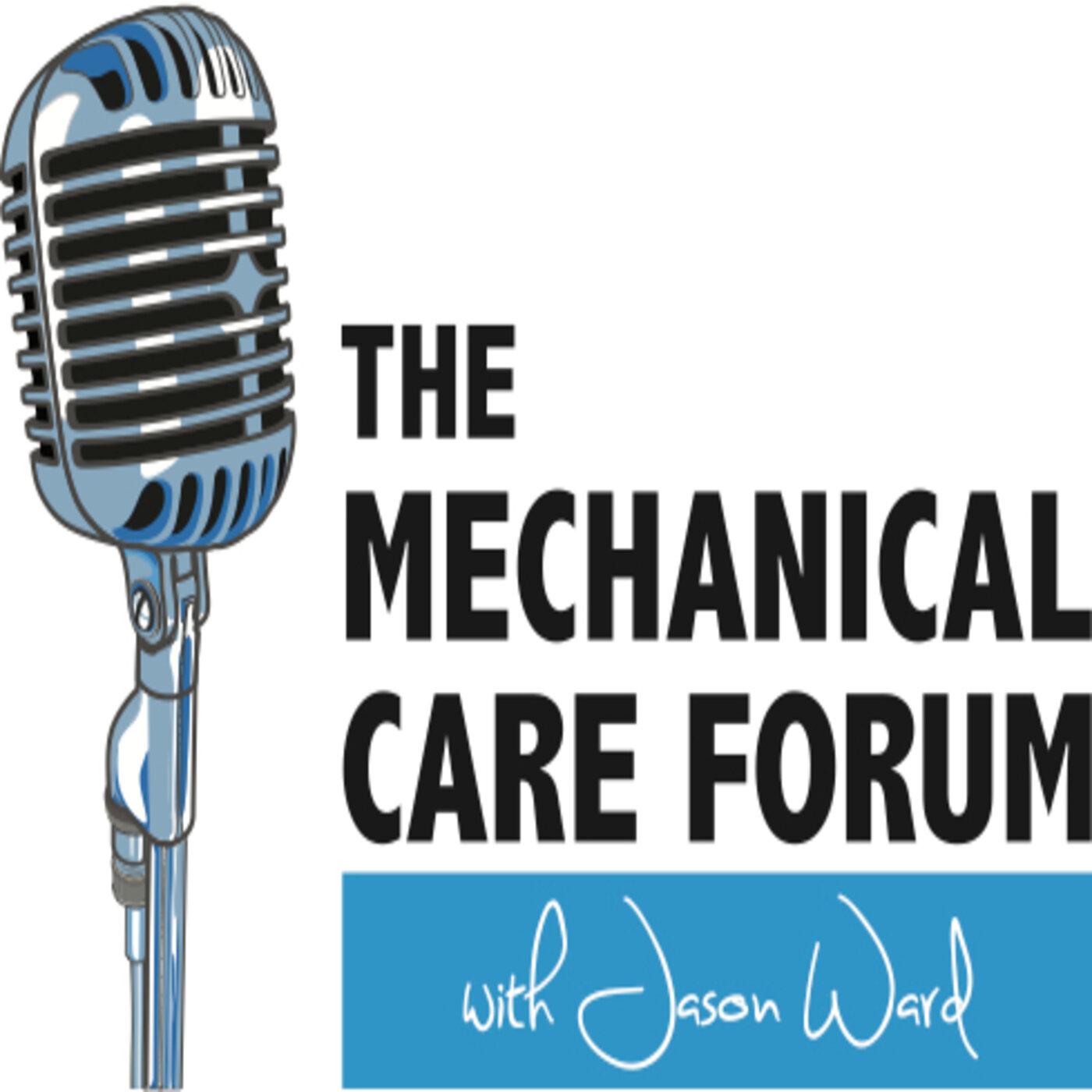Michael Adams BSc, PhD
Mike Adams obtained a BSc in Natural Philosophy from Edinburgh University in 1975, followed by a PhD in Spinal Mechanics from the University of Westminster in 1980. Currently he is Professor of Biomechanics, and a Senior Research Fellow of the Institute of Advanced Studies, at the University of Bristol, U.K. He is also Visiting Professor at the Sir Run Run Shaw Hospital, Zheijang University, Hangzhou, PR China. Mike’s research has been in the broad areas of spine biomechanics, and musculoskeletal ‘mechanobiology’. Particular interests include: human posture, mechanisms of spinal injury, and the nature of intervertebral disc degeneration. With his wife and colleague Trish Dolan he has also developed an interest in human performance, including quantifying forces acting on the human spine. He has published approximately 130 peer-reviewed scientific papers and 25 book chapters, and is lead author of the book “Biomechanics of Back Pain” (Elsevier 2013) which is now into its 3rd edition. His research has received 6 international and 6 national awards. Hobbies outside work include running, yoga, tai-chi, wine and gardening.
Show Notes
Movement Considerations Related to Age
Professor Adams give a great illustration as to differences with age from pathology and compares changes between specific tissues and how those tissues are affected by load. He also clarifies the time required to create changes from tissue to tissue.
Thoughts on A Common Patient Concern of Becoming Bent Over
Mike clarifies that this is a manifestation of bone weakening and the changes that occur in the spine actually speeding the weakening of the anterior vertebral body quicker than the other portions of the spine. He also speaks about when the strengthening of the bone is most likely to occur which is at a time of life perhaps younger than some generally depict.
Ideas on Patho-anatomic Model and Image Findings
Dr. Adams differentiates age changes and degeneration and he eludes to some features that are more predictive of symptom-producing findings versus simply age changes. He also shares what it is about these findings that are likely the cause of the pain.
Possible Effects of Loading Creating a Helpful Damage
Some recent discussion on the granulation tissue and perhaps prevention of the infiltration of capillary and nerve growth into the fissures created during injury which is nothing more than a guess but would be plausible which could be an explanation of why extension loading could aid in back pain.
Additional Research in the Future
Some of his focus has been on the end plate as a source of pain in chronic back pain. What is of interest to Mike is that the thickness and porosity seems to be determined by loading placed on the spine. Additionally the shape of the end plate and the cupping that is commonly seen could explain why some defects are symptomatic and others are not.
Other areas he’s intrigued by are the effects of motor control. The stretch receptors and their signal which is disturbed from prolonged positions or postures seems to affect the likelihood of excessive loadings once movement is initiated. This too, he admits, is just anecdotal and so more research needs to be done in this area.
Recommended Resources
Professor Adams would advise his book,
The Biomechanics of Back Pain. Michael Adams et. al.
And he would also encourage,
Clinical biomechanics of the Spine. Manohar Panjabi et. al.
Dr. Adams also proposes that some patients might want a non-anatomical explanation but more of an emotional explanation. He’s referring to Professor Tamar Pincus. You can hear more on that in episode 88.
We hope to deliver this content to the committed professional who wants to improve his/her care and we hope to do it in a way that is easily accessible, the world over, in today's technological age.
To contribute:
Give a 5-star review on iTunes;
Share EP #91 with a friend; and/or
Connect with us on the Spotify MCF Podcast and MCF Instagram page!
Thanks for your support!

